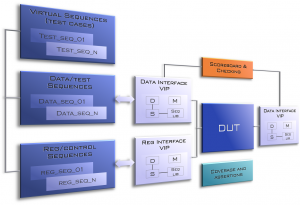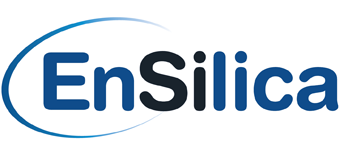Advanced ASIC Verification
EnSilica provide a comprehensive range of ASIC verification services to help our customers achieve working silicon first time around.
Verification represents one of the biggest challenges facing IC developers getting their design into the market within acceptable timescales.
Silicon technology continues to advance – providing increasing scope to integrate a wide range of IP including digital / analog cells, embedded processors, memories, high speed IO, in-house / 3rd-party IP etc onto a single device. Traditional verification techniques (e.g. directed testing) simply cannot cope with this complexity.
This is where EnSilica verification consultants can help. We understand the challenges presented by these designs and work with our customers to provide everything from in-depth knowledge to solve a specific verification problem, to delivering a comprehensive verification solution for a complete chip.
Some of the methodologies and techniques we employ are given below, or just contact us to discuss your specific design requirements.




